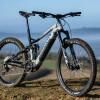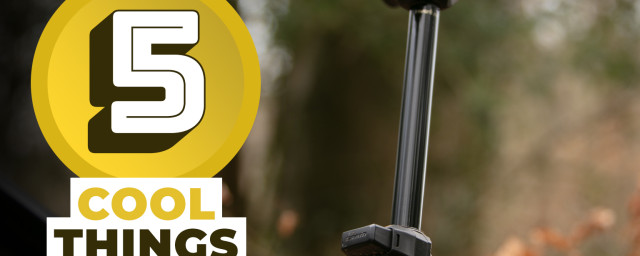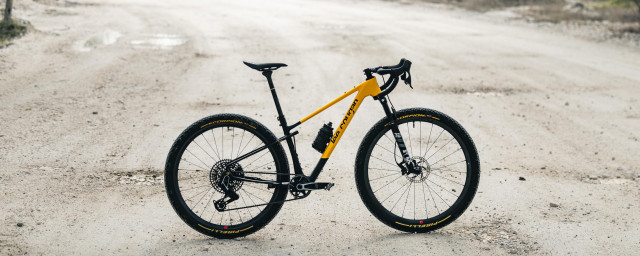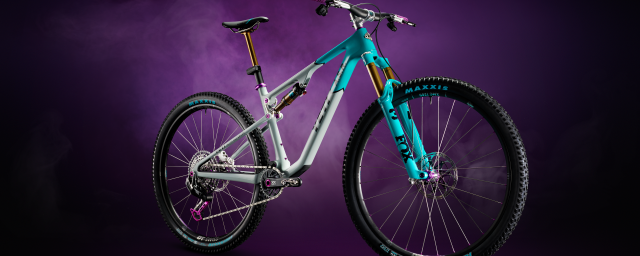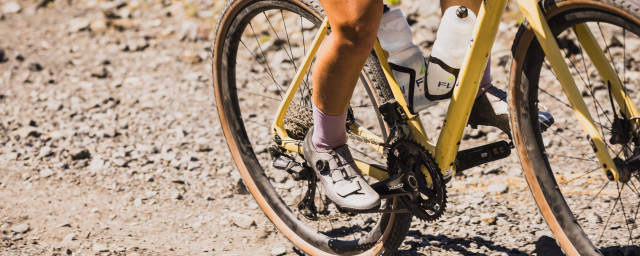First Ride: Shimano's all-new STEPS EP8 e-bike drive system

We've had our paws on Shimano's all-new STEPS EP8 drive system, fitted to a Merida eOne-Sixty 8000 e-MTB. The unit promises more torque, less weight, lower drag and more responsive and totally customisable assistance settings, but how does it perform in the real world?
- Big Read: Racing e-bikes at the EX Enduro; how much difference does a motor make
- Buyer's guide: electric mountain bikes - all you need to know about e-bikes
- Which disc brake pads are best for mountain bikes? Sintered or organic?
[Updated 15th October 2020]
If you're looking for all the tech details, I'd suggest you take a look at our piece on the launch of Shimano STEPS EP8 here, but the long and short over E8000 is that the drive unit is now smaller and lighter by 10% and 300g respectively, has had peak torque bump up to 85Nm from 70Nm and the assistance settings are much more customisable, with 'Trail' in particular having a significant revision in how it responds.
I've managed to put about 100km of mixed off-road riding into the system, which has given some decent insights into how it performs. There is one important caveat which applies to my ride impressions (and indeed anyone else's). That's because the e-Tube Project app that allows you to view and alter the assistance settings wasn't available prior to this launch.
The new E-Tube Project app allows you to control almost every aspect of how the EP8 drive unit responds. There are ten different 'character' settings, the ability to adjust maximum torque from 20-85Nm and also to adjust how quickly the assistance feeds in, from 'mild' to 'quick', with the ability to store two different 'profiles' containing distinct setups on the bike.
There's the rub, as I've no idea what the settings are on either of those profiles on the Merida eOne-Sixty 8000 I've been riding. They have a crucial impact on every aspect of how the system responds that it's almost impossible to draw any concrete comparisons between old and new. That said, here are five that I'm confident about:
1. It's much quieter
Compared to the E8000 unit, the EP8 unit is noticeable quieter, with much less whirring when under full load and it's substantial less noisy than Bosch's Performance Line CX system as well. It's not silent by any means, but it's much less intrusive and partially down to a redesigned gear system that sits inside the magnesium casing.
The new internal clutch system helps too - that also has much faster pickup too, with the resulting feel that the motor is more responsive - my drive unit did have a slight rattle.
2. It's much more responsive and controllable on technical climbs
While the settings obviously have some impact on this, the new drive unit is much more responsive to how much pressure you feed through the pedals. That means that it's much easier to climb on technical or wet and slippery terrain, mirroring how you'd ease off the power on slick roots to prevent wheelspin on a normal bike, but with the advantage of all that extra e-bike muscle behind you.
EP8 feels much more controllable in these situations than E8000 or Bosch's Performance Line CX, where an ill-timed crank stroke can result in more wheelspin than a Fast and Furious franchise instalment.
3. Power is fed in (and out) much less noticeably
Much like the point above, this is partly controlled by the base settings, but Shimano's aim with its e-bike systems is to have a 'natural' feel and EP8 delivers on this. Even in the highest 'Boost' setting, it's much less aggressive in the way it delivers power than E8000 or Bosch.
It also feeds out power much more smoothly, with less of the sudden stop in acceleration that usually results in a bit of a head nod as you hit the limiter. It's so smooth that I often didn't realise I'd reached maximum speed until I looked down at the display.
The side result of this is that it certainly felt less instantly muscular than E8000 or Bosch - and whether that's just a result of being smoother or because my bike isn't set up to deliver peak power as fast as possible is hard to know.
4. It likes a high cadence
While some drive systems will deliver chunky assistance from virtually no rpm, much like E8000, you need to keep a relatively high cadence to keep it on the boil, while the new torque sensor means you need to push quite hard to maintain maximum power in Trail. I'm a fairly light rider (65kg) so it's possible that has an effect on how it feels for me, as would the base settings.
Where I did find this noticeable was on super techy climbs where you need to stop pedalling and bounce up the obstacle before starting pedalling again. EP8 seemed much more liable to stall here and feels like it has much less 'sustain' to the assistance and it would often have quite a lag before kicking in. I suspect this is down to how aggressive the initial assistance setting is.
5. It's only 10% smaller, but ground clearance is a lot better
The drive unit might only be a touch smaller compared to E8000 - though a substantial 300g lighter - but the drive unit hangs down much less at the front, which is very useful when you're worried about sumping out on logs or trail obstacles.
EP8 also gets its own dedicated crank arms at XT and non-series level. Both have hollow arms and use the same 24mm diameter axle as all Shimano Hollowtech II chainsets, but you can now get a dinky 160mm crank arm, which should really help if you tend to beat your crank arms and pedals to bits on the rocks.
I'll be updating this piece once I can get inside the mind of the EP8 unit using the app and hopefully have some more useful insights into how it works. Check back for that soon.

